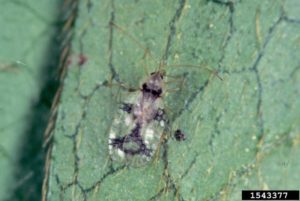
Lace bugs are small 1/4″ long insect with wings that damage plants. They are named after their flat lace-like wings. There are many different kinds of lace bugs but the ones we see the most in the DC Metro area are Azalea lace bugs, Stephanitis pyrioides. Our Arborists recommend that homeowners keep a close eye on their Azaleas since signs of Lace Bugs should start appearing in the next few weeks.
Azalea lace bugs are plant-sucking insects that belong to the Tingidae family. Insects in this family typically feed and live on the undersides of leaves. In particular Azalea lace bugs, pierce the leaves of a Azaleas and feed on the fluids from the plants’ photosynthetic tissues. Out of the 4 types of lace bugs that feed on plants in the heath family (azaleas, rhododendrons, etc.), this type is the most damaging.
Azalea lace bugs have multiple generations in a year, meaning that this insect won’t go away in a few weeks; instead, it will wreak havoc on your Azaleas from spring into the beginning of fall. But the infestation doesn’t stop when the cold weather comes. The lace bug eggs overwinter in the leaves of Azaleas so that they can hatch and come back next spring to do more damage. This damage includes the symptoms listed below.
The symptoms of Azalea Lace Bugs are:
- Light yellow stippling on surface of leaves
- Leaves looking white/yellowish gray (usually seen in highly infested azaleas)
- Yellowing of leaves
- Black specks on leaves
- Honeydew (what looks like tree sap on cars/walkways)
- Black sooty mold
- Leaf drop
- Dieback of twigs and branches
- Reduced flowering (a sign you had an infestation last year and most likely have it again.)
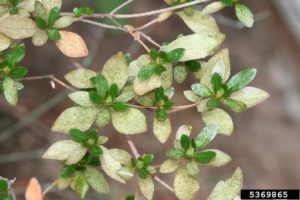
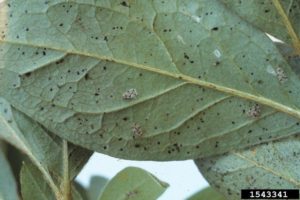
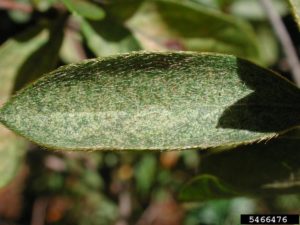
If you think your Azaleas are infested with lace bugs, don’t worry, there are steps your Arborist can take to eradicate lace bugs on your property.
Treatments:
It’s best to eliminate Azalea lace bugs during spring & summer so that the larvae do not overwinter in the leaves of the shrub and return next year.
Certified Arborists use a couple different tactics to eliminate lace bugs, including horticultural oils, cultural control, insecticides, and the most interesting and organic option, beneficial insects. The Arborist will be able to prescribe the best treatment for your property and goals.
Beneficial Insects:
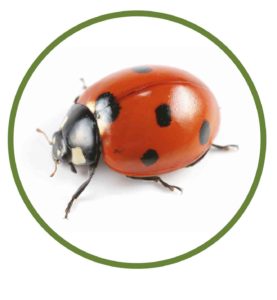
Beneficial insects are natural predators of the pests that harm trees and shrubs. These beneficial insects typically feed on the pests and keep their population low so that the pests do not harm your trees and shrubs. We offer beneficial Insect programs to stimulate the beneficials on your property which naturally protect your trees and shrubs. The release of the beneficial insects can also be a fun family event for bug-loving kids.
Beneficial insects for Lace Bugs include:
Beware Of DIY “Treatments”: Broad spectrum insecticides that you find at home improvement stores or online actually kill these natural predators. Using this type of “treatment” is a temporary solution and the lace bugs will come back with a vengeance because their natural predators were killed off. And it could lead to you developing a spider mite problem as well. Instead, trust a Certified Arborist to develop the correct treatment for your property that takes into account beneficial insects.
Don’t let your Azaleas be ugly and unhealthy all spring and summer. If you have Azaleas and think you have a problem with lace bugs schedule an appointment with our Arborists online or by calling 703.573.3029


